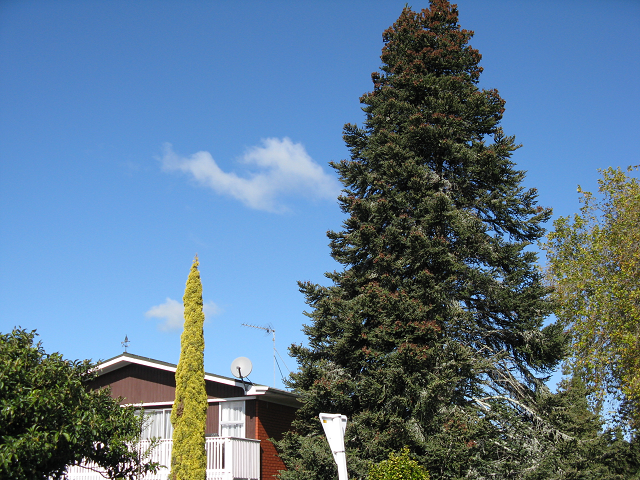
Mediterranean firs belong to two sections:
i) Section Abies (Abies bornmuelleriana Mattf., A. borisii-regis Mattf., A. cephalonica Loud., A. equi-trojani Asch., A. nebrodensis Lojac and A. nordmanniana Spach.).
ii) Section Piceaster (Abies cilicica de Lannoy, A. marocana Trabut, A. numidica Carrière and A. pinsapo Boissier). They are evergreen conifers growing up to 50 m in height, with straight trunk and pyramidal crown that later turns to flat-topped. The 3-5 buds at the apex of the shoots are conical to ovoid and generally resinous. Leaves are linear, flattened with an acute (A. cephalonica, A. borisii-regis, A. equi-trojani and A. pinsapo) or round (A. cilicica, A. nebrodensis, A. nordmanniana and A. numidica) apex.
The firs are obligate seeders, monoecious and wind-pollinated and their seeds are wind-dispersed. The cones ripen in one season, while abundant seed production occurs only every 3-5 years. They form that span a considerable altitudinal range (600-2000 m) and grow in humid bioclimates.
Mediterranean firs have distributions that are relics of mostly endemic species. The distribution area of most fir species is concentrated in the eastern Mediterranean and the Black Sea region.
Fir wood is generally considered of lesser technical value than pine wood, but is used for carpentry purposes due to its softness and workability. It is also used for general construction, paper, glued and composite wood products, veneer, plywood, panels and poles, as well as fuel wood. A fine oil or turpentine can be distilled from the crude material, while the residue forms a coarse resin named colophony or rosin. Fresh oleoresin is mainly used for pharmaceutical purposes.

